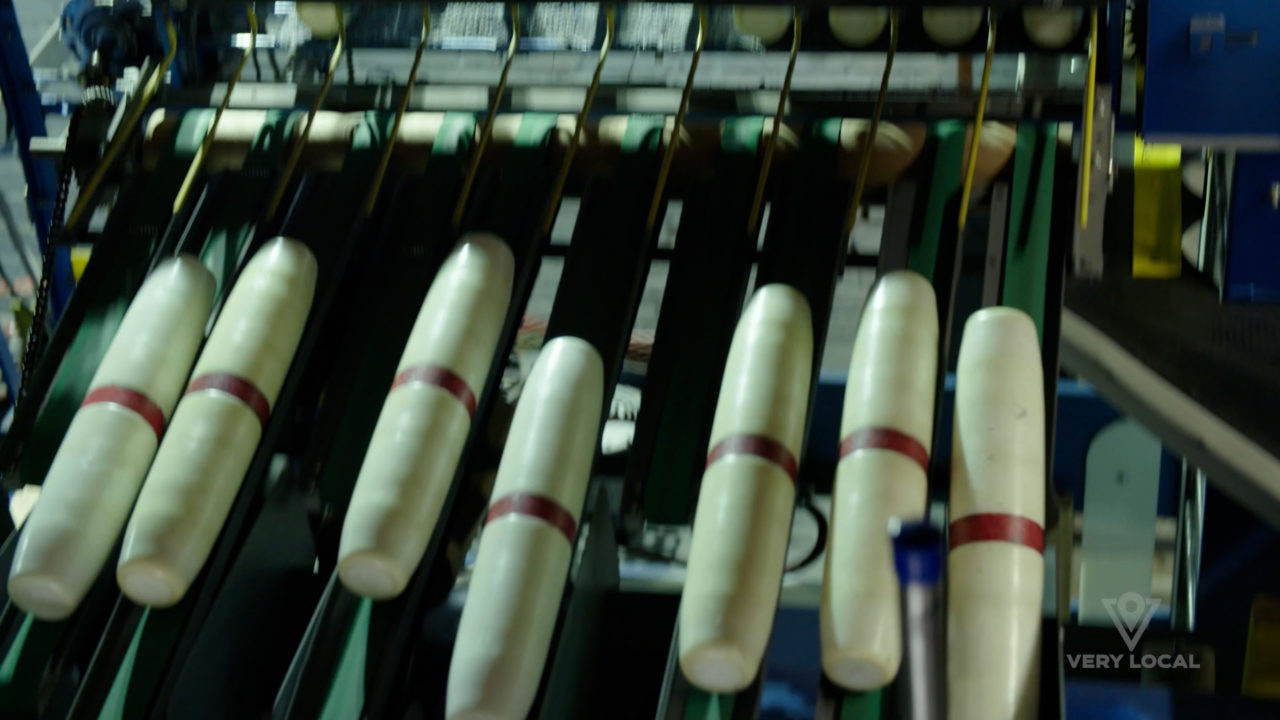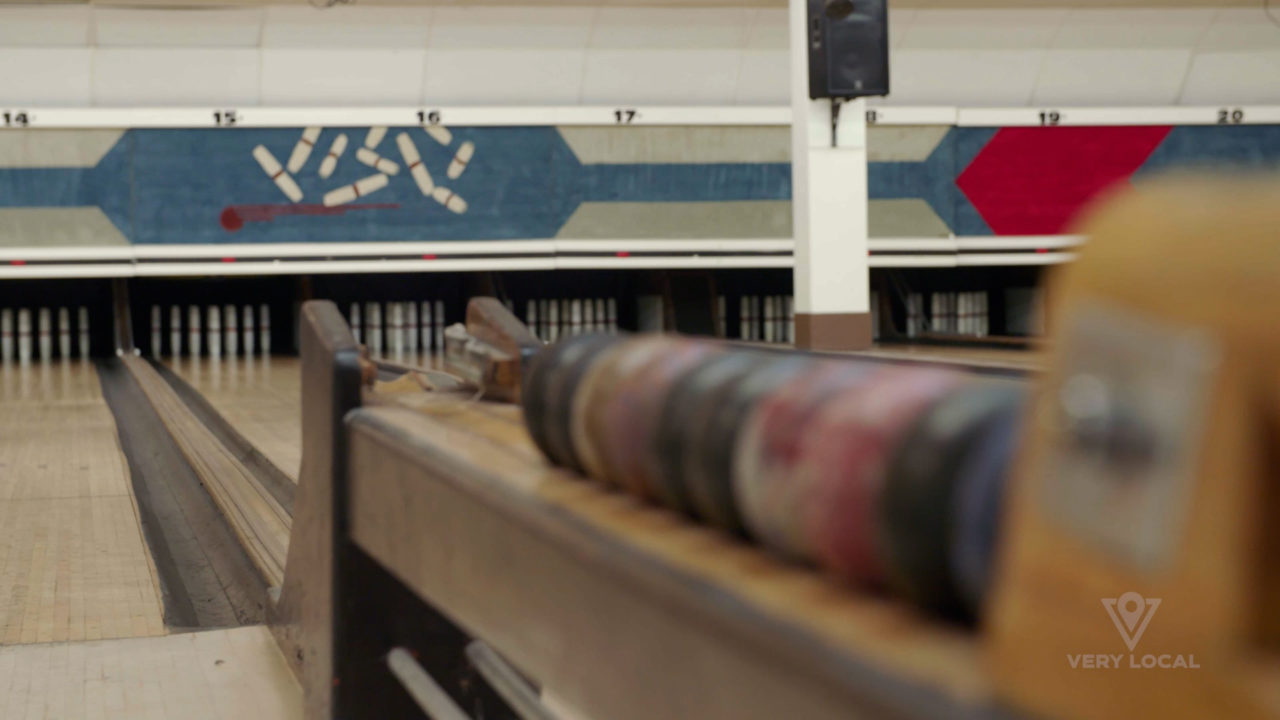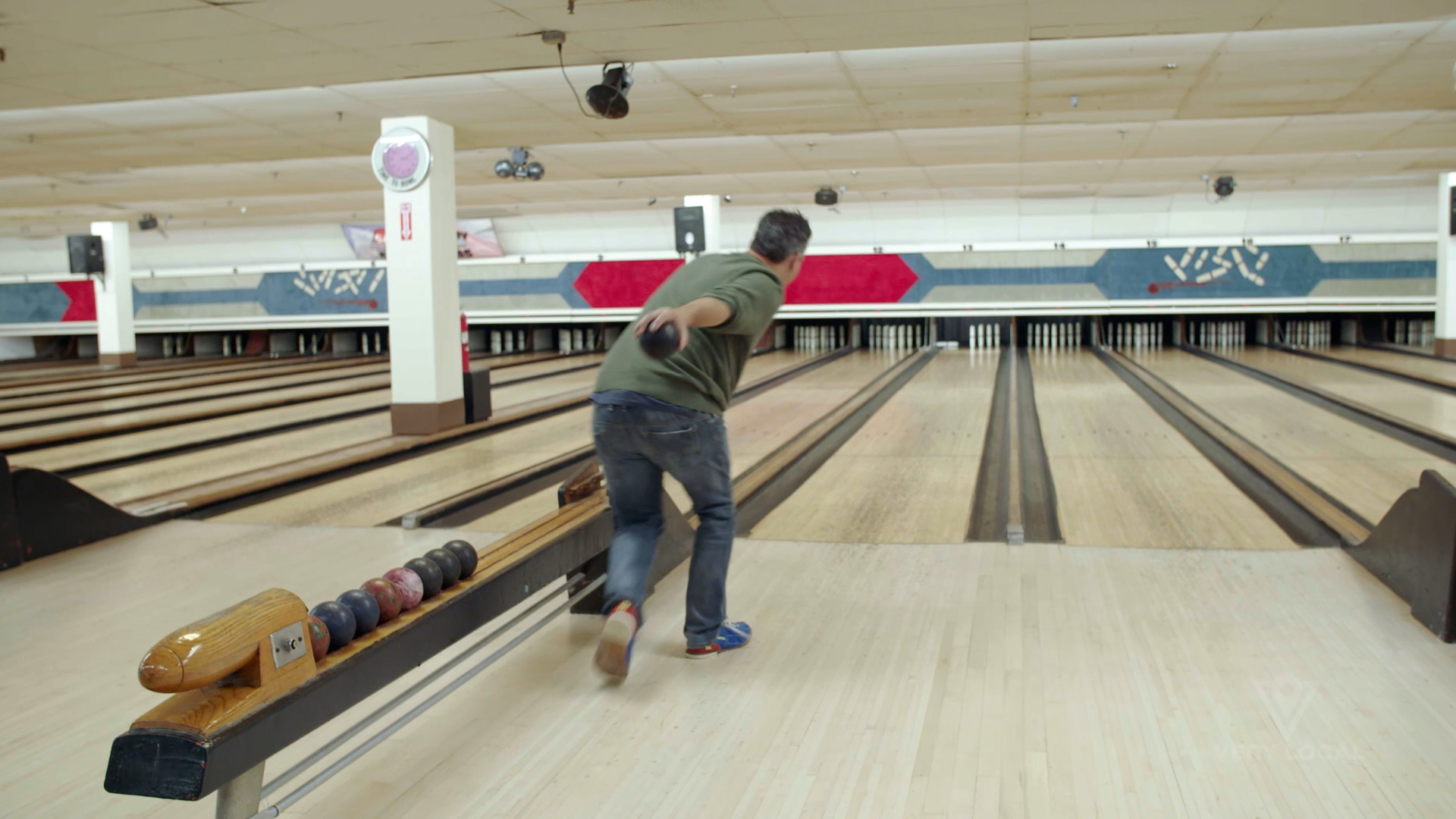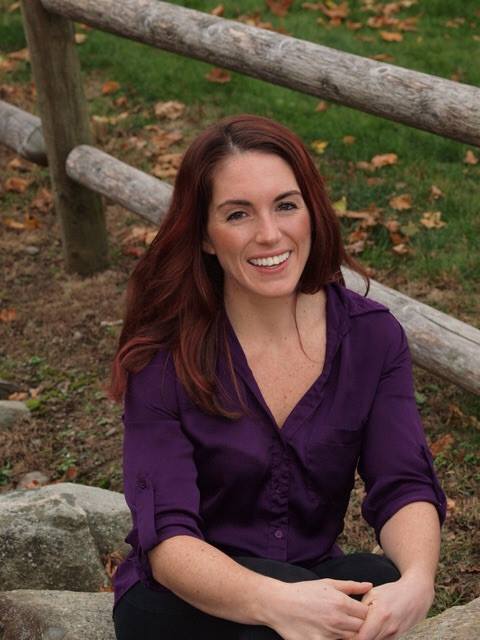Tenpin bowling had already been around in the 1880s when Justin P. White had the idea for a more challenging spinoff. He called it candlepin bowling, and it’s become a part of growing up in New England for over a century.
White owned a bowling and billiards parlor in Worcester, Massachusetts, a city roughly 40 miles west of Boston. While White thought of the initial idea for candlepin bowling, Jack Monsey and Jack Sheafe are credited for bringing the game to surrounding Massachusetts towns and establishing rules and regulations.
In 1906, Monsey established the National Duckpin and Candlepin Congress, organizations to help create leagues in the greater Worcester area, as well as regulate the size, shape and weight of the pins and balls. The formation of these two groups set the stage for candlepin bowling leagues and tournaments around New England. It was truly a team effort these men put forth to give us the candlepin bowling game we know and love so much.
How is candlepin bowling different from tenpin?
Candlepin bowling is played similarly to tenpin, but there are some obvious differences that make candlepin much more challenging.
The name candlepin comes from the inspiration for the pins’ appearance, a candlestick. Originally the pins were made of wood, so regulating the size was rather difficult in the beginning. The ball was even made of wood at first!

The pins are a cylindrical shape, tapering at both ends so there’s no real top or bottom to them. They stand about 15 3/4 inches with a 3-inch diameter and weigh about 2.5 pounds. The pins are set up just as in tenpin bowling, but because the shape to the candlepins is narrow, there’s more space between them, which means it’s harder to get them all to fall.
Since it’s harder to hit all the pins, players get to throw 3 balls per frame instead of 2. But there’s a twist – the balls are much smaller than tenpin bowling balls! Initially, the size of the bowling balls formerly measured 3-inches in diameter and weighed 2 pounds. Now, they are 4 1/2 inches in diameter, weighing 2 pounds and 7 ounces.

The game looks a little different today than when it was first played. In the early years “pin boys” would gather fallen pins and set and reset the game for players. That all changed by 1947 when Howard Dowd and Lionel Barrow invented the automatic candlepin pinsetter. Then in the late 1960s pins were made out of plastic instead of wood. For avid bowlers, this change affected their strategy but was welcomed overall due to the uniformity of plastic pins.
Beginning in the late ‘50s candlepin bowling tournaments were aired on T.V. The Boston Globe even sponsored a tournament. By 1965, the World Candlepin Bowling Council started its Hall of Fame which currently has over 200 members. A perfect score is 300, but no one in candlepin bowling history has ever scored a perfect game. The highest score recorded is 245 by Ralph Semb in 1984 and Chris Sargent in 2011.
It’s a game that requires great skill versus strength, making it appealing to anyone regardless of age, size or strength! Be sure to check out your local bowling alley for the classic candlepin bowling game that’s a Massachusetts staple!







